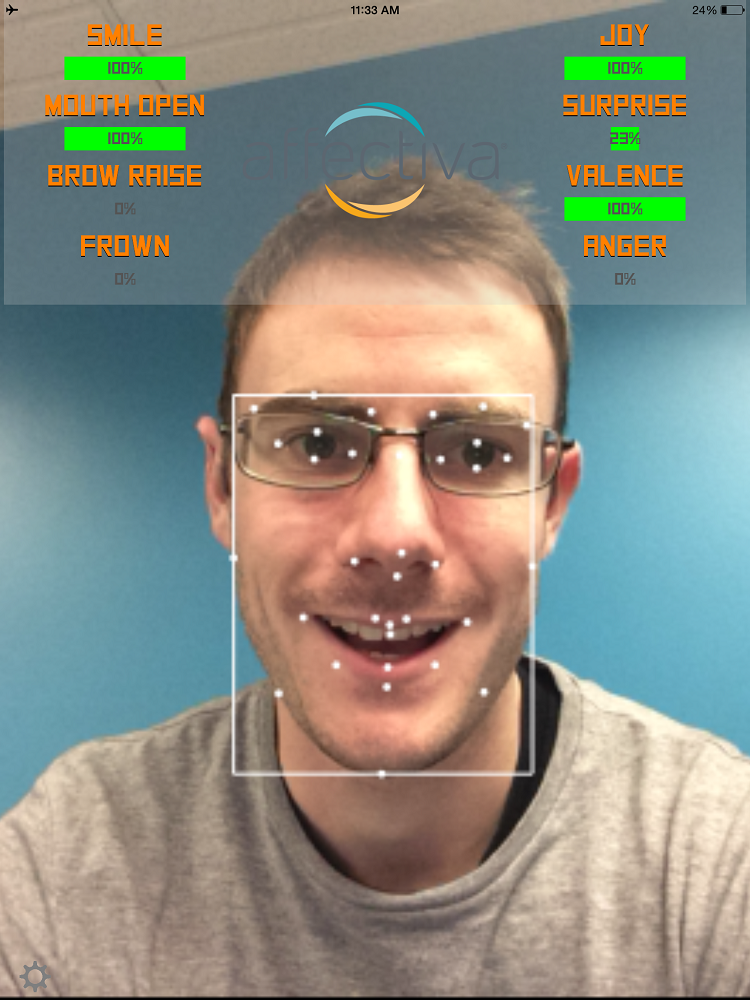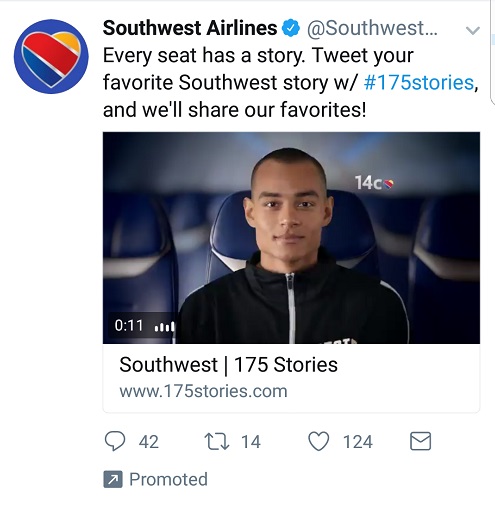Chuck Kent does a lot of writing on branding. He recently interviewed Phil Gomes of Edelman, a global PR firm, about their research on the value of thought leadership.
A real “cut to the chase” moment is the survey’s finding that while 17% of the producers of thought leadership thought that it had produced new business opportunities, 45-48% of executives said flat out that they had included companies in RFPs because of their thought leadership.

What is thought leadership? Gomes described a pretty low threshold, “We define thought leadership as the marketing instruments that a company puts out that satisfy two criteria: Number one, that they are sufficiently divorced from product marketing, so they’re not shilling product. And number two, that they are freely delivered – not paid-for work product.”
That sounds more like just content marketing to me. Real thought leadership is similar to what the writers of The Challenger Sale laid out a few years ago in that very popular sales book – unique industry insights that provide true value to the customer; the 10,412th blog post on search engine optimization isn’t going to move the needle. . I wonder if the senior execs who rated thought leadership so highly were thinking of it in more of this sense.
I have no doubt that unique, even contrarian industry approaches can provide this kind of increase in leads and sales. I’ve experienced it from my Bullseye Marketing Framework and seen it many times for others.




